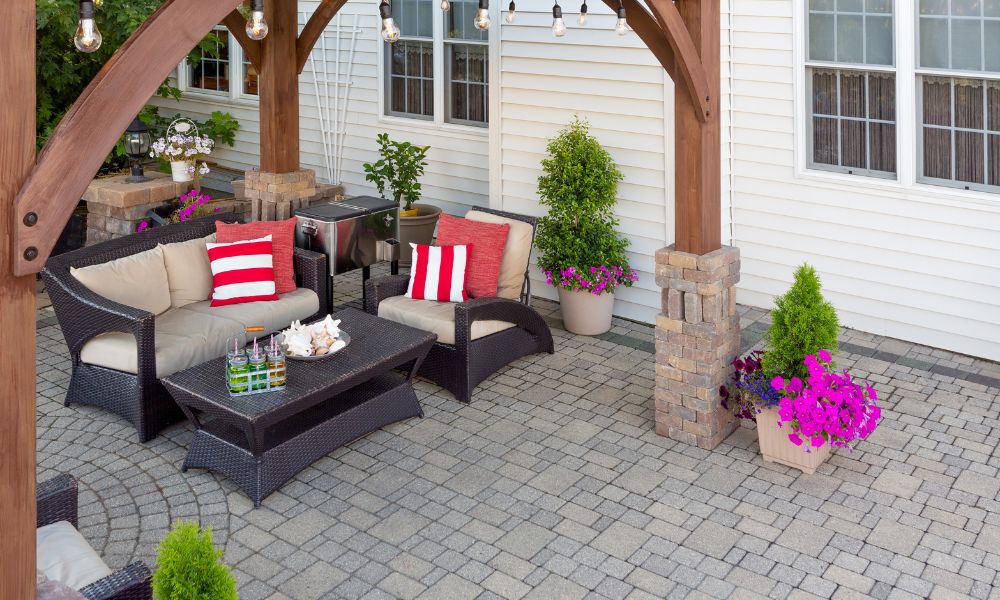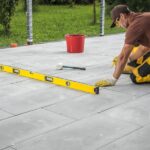Whether your outdoor furniture is on your deck, in your yard, or on your patio, it must withstand weathering conditions that indoor furniture can’t. However, just because furniture is labeled and sold as outdoor furniture doesn’t mean it will rise to the test of sun and weather. To help you find pieces that are sure to last, here’s how to choose the best material for your outdoor furniture.
Is Rain Common in Your Area?
Most outdoor furniture is water-resistant, but none of it can be completely waterproof as this can lead to mold and mildew in some furniture. For example, while vinyl fabric is great for outdoor furniture due to its water resistance, you can’t encase padding, as the fabric underneath can’t breathe and will form mold. So, if your area is prone to inclement weather, wicker, teak, and aluminum are better options.
Is Your Area Prone to Freezing Temperatures?
Snow is just another form of water, and snow can easily get into porous materials, melt, and cause it to expand. Not only can this cause furniture to become weak and brittle, but it can cause cracks and significant damage. While it’s best to store your furniture in the winter, not everyone has the space; cast aluminum, wrought iron, and plastic are the most resistant to these conditions.
How Much Sun and Heat Will Your Furniture Be Exposed To?
Some materials can’t stand up to intense heat and, if left out in the sun, will experience warping and cracking. Upholstered outdoor furniture is the most prone to sun damage, as the fabric can fade and crack over time. Additionally, the glue that holds some pieces together can become weaker and make the furniture unstable. Teak, vinyl, plastic, and high-density polyethylene are the best materials for areas that experience intense heat.
The good news is now that you know how to choose the best material for your outdoor furniture, you don’t have to trade style for functionality. Knowing what to shop for is half the battle, and there are beautiful outdoor pieces in all the materials discussed above. Just remember to pay attention to how the material will react to the weather in your area, and you’re ready to craft the perfect outdoor space.







